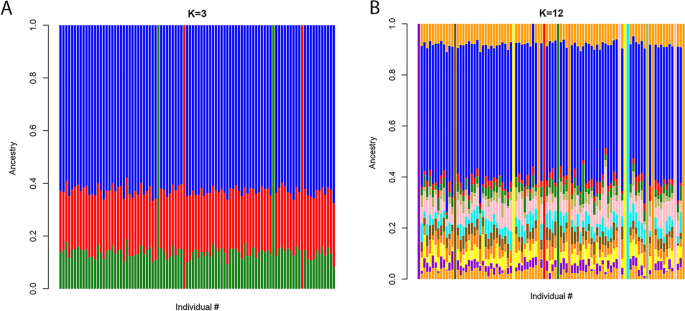As a Djiboutian that will never happen! FU and your bantu brothers! There’s no Somali Bantus in the North nor in Djibouti! Keeep dreaming…..
You're Djiboutian? That's why reer Geelle look Somali to you. Je suis désolé mon ami! Of course you're totally Somali







 You know when people bat themselves on the back, they don't have much confidence in their arguments.
You know when people bat themselves on the back, they don't have much confidence in their arguments.



